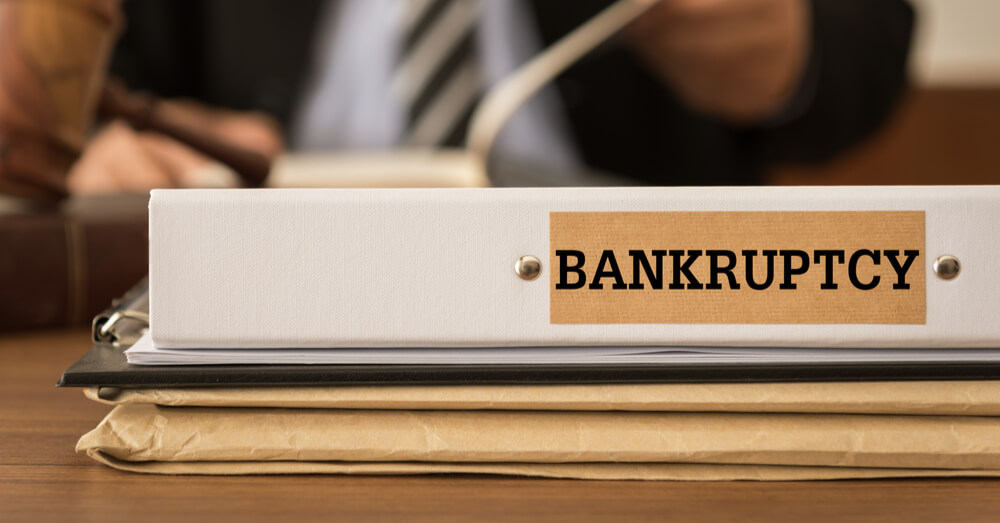
Crypto lending service Cred filed for bankruptcy on Saturday following a fraud incident that saw the platform lose its funds
In the wake of an insider fraud incident, the crypto lending and borrowing company was forced to file for Chapter 11 bankruptcy protection in Delaware. Cred has now suspended its services, including its inflows and outflows.
Cred posted on Twitter, “We deeply regret causing so much concern as we assess the business impact connected with a recent fraudulent incident. Cred is cooperating with law enforcement authorities to investigate the incident. However, no client personal data or account information was compromised.”
It is believed that Cred owes more than $67 million, based on the bankruptcy documents. That, however, isn’t the only problem the company is facing: cryptocurrency wallet service Uphold also ended partnership ties with Cred and booted out Dan Schatt (CEO at Cred) from its board.
Uphold stated in a blog, “Uphold terminated its relationship and shut off deposits to Cred so quickly in order to protect its customers and because we were, and remain, annoyed that we were not told more about the current situation earlier.”
Regarding the insider fraud incident that happened over two weeks ago, Uphold stated, “Cred appears to have had the extraordinary bad luck of employing an alleged fraudster, who is accused of stealing money and making bad investments.”
Although the details of the fraud incident and the magnitude of the damages are murky at the moment, one thing is clear – things are going downhill at the San Francisco-based company. Grant Lyon has since been tasked with managing and overseeing the company as it tries to stay afloat.
Meanwhile, Cred customers have taken to social media platforms to demand answers, particularly on their funds’ safety. Cred estimated its assets to be $50 to $100 million and its liabilities in the range of $100 to $500 million.
Deposits and withdrawals will likely remain inaccessible as the crypto lending and borrowing service goes through bankruptcy.

